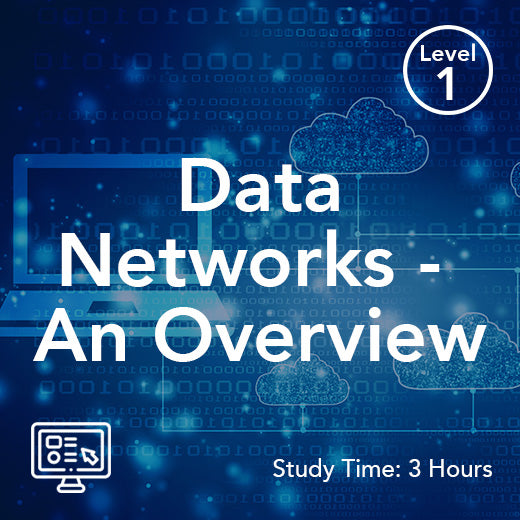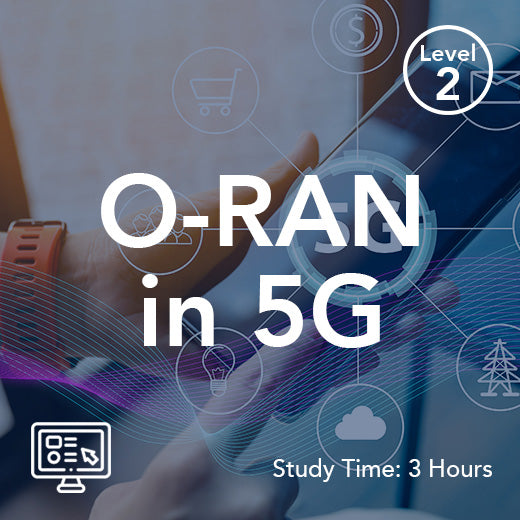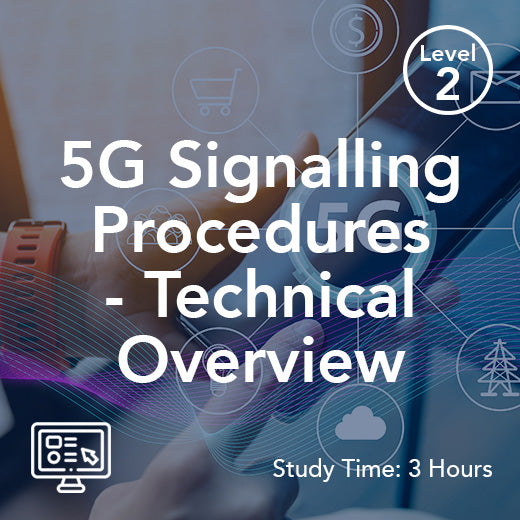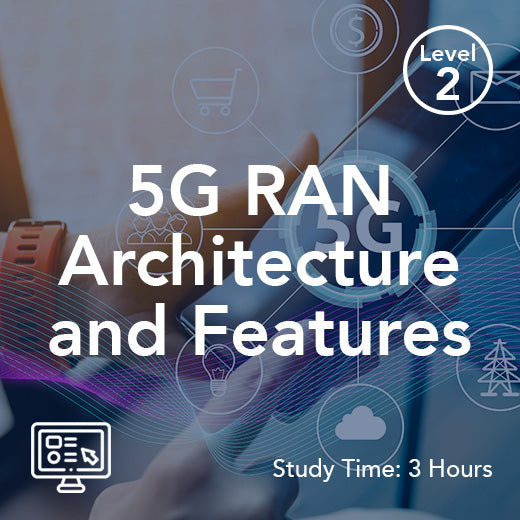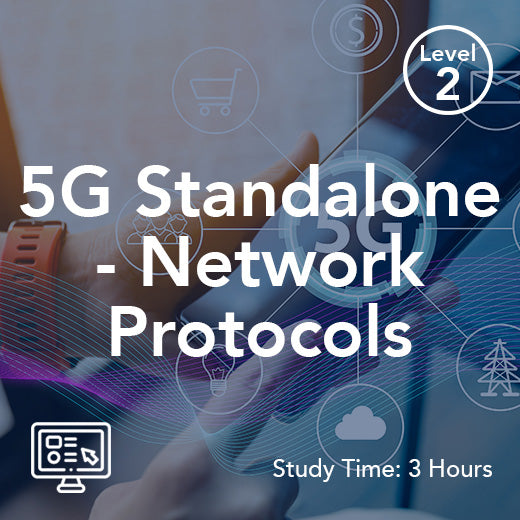Where Are 5G Advanced Spectrum
- , by Stephanie Burrell
- 5 min reading time
5G Advanced Spectrum is a crucial component in the telecom industry, providing the necessary bandwidth and capacity to support the increasing demand for high-speed, low-latency connectivity. Mobile operators, including T-Mobile, are leading the deployment and innovation of 5G Advanced Spectrum, driving the evolution of network technology and services. This spectrum is typically found in the higher frequency bands, such as the millimeter wave spectrum, which offer faster data speeds and greater capacity compared to lower frequency bands. 5G Advanced operates across a wide frequency range, utilizing two frequency bands: FR1 (sub-6 GHz) and FR2 (mmWave), and these high bands enable higher speeds and greater system capacity compared to previous generations. By harnessing 5G Advanced Spectrum, telecom operators can deliver enhanced services and applications, supporting new features, new devices, and end-to-end services, including private networks and non-terrestrial networks. These advancements enable applications such as augmented reality, virtual reality, and ultra-high-definition video streaming to meet the evolving needs of consumers and businesses. 5G Advanced Spectrum also supports new services such as cloud gaming, video surveillance, and connected vehicles, as well as industrial wireless sensor networks and high speed trains.
5G Advanced Spectrum leverages advanced radio interface and air interface technologies, service based architecture, and network automation to improve user equipment performance, reduce device complexity, and enable energy saving features and new energy saving features for greater energy savings. Non terrestrial network solutions, including satellite signals and unmanned aerial vehicles, are integrated to extend coverage and minimize service interruption times, especially in remote areas. Deterministic networking, support for time sensitive communication, time critical communication, and small data transmission are essential for industrial and mission-critical applications. Accurate positioning, mobility management, and the ability to harvest energy are key advancements, supporting new devices and applications in diverse environments. The deployment of 5G Advanced Spectrum is essential for unlocking the full potential of 5G technology and driving innovation across various industries, including healthcare, manufacturing, transportation, and entertainment. As telecom operators continue to roll out 5G networks worldwide, the availability and efficient use of 5G Advanced Spectrum, across all relevant spectrum bands, will be critical in ensuring seamless connectivity and delivering transformative digital experiences to users.
Introduction
The arrival of 5G-Advanced represents a transformative leap in mobile technology, building on the solid foundation established by earlier generations of wireless networks. With its enhanced capabilities and superior network performance, 5G-Advanced is designed to meet the ever-growing demands of modern connectivity. This next evolution in wireless technology not only boosts data speeds and reliability but also introduces advanced support for emerging technologies such as extended reality (XR), artificial intelligence (AI), and machine learning (ML). These innovations enable smarter, more responsive networks that can adapt to a wide range of applications, from immersive entertainment experiences to intelligent industrial automation. As 5G-Advanced becomes more widely deployed, it promises to unlock new opportunities for both businesses and consumers, driving the development of innovative services and reshaping the digital landscape.
Spectrum Overview
5G-Advanced leverages a diverse array of frequency bands to deliver its groundbreaking performance. The low band spectrum, operating below 1 GHz, is essential for providing broad coverage and deep indoor penetration, ensuring that connectivity reaches even remote and challenging environments. Mid band spectrum, spanning from 1 GHz to 10 GHz, strikes a balance between coverage and capacity, making it ideal for urban and suburban deployments where both speed and reach are important. At the cutting edge, high band spectrum—including the millimeter wave spectrum above 24 GHz—enables ultra-high-speed data transfer and ultra low latency, supporting applications that demand rapid response times and massive bandwidth. By utilizing these frequency bands, 5G-Advanced supports a wide range of services, from enhanced mobile broadband (eMBB) and massive machine type communications (mMTC) to ultra-reliable low-latency communications (URLLC), paving the way for new market segments and innovative wireless technologies.
Technical Features of 5G Advanced Spectrum
5G-Advanced introduces a suite of technical innovations that elevate network performance and efficiency to new heights. Advanced massive MIMO (Multiple Input Multiple Output) technology significantly boosts spectral efficiency and improves beamforming, allowing networks to handle more simultaneous connections with higher reliability. Enhanced network slicing enables telecom operators to create multiple, dedicated network slices on a single infrastructure, each tailored to specific use cases such as industrial automation, public safety, or autonomous vehicles. This flexibility ensures that critical applications receive the resources and performance they require. Additionally, the integration of edge computing reduces latency by processing data closer to the user, which is vital for time-sensitive and mission-critical applications. These advancements collectively empower 5G-Advanced to deliver robust, secure, and high-performing wireless networks for a wide variety of industries.
Key Benefits and Use Cases
The adoption of 5G-Advanced brings a host of key benefits that extend across multiple industries and use cases. Enhanced positioning capabilities, with accuracy down to less than 10 centimeters, are revolutionizing industrial quality control, enabling precise monitoring and automation in manufacturing and smart grids. The support for extended reality (XR), including both virtual reality (VR) and augmented reality (AR), is opening up new possibilities in entertainment, education, and workforce training, delivering immersive and interactive experiences. 5G-Advanced’s ultra low latency and high reliability are critical for mission-critical applications in public safety, emergency response, and autonomous vehicles, where every millisecond counts. Furthermore, new energy efficiency features and reduced power consumption help organizations meet sustainability goals while maintaining high performance. These advancements position 5G-Advanced as a foundational technology for the next generation of connected services and critical applications.














